Few places like Ha Tinh, on a sea area of only 137 km, contain many legends, both real and unreal, associated with majestic and poetic relics and landscapes.
The gate of Chieu Trung Dai Vuong Le Khoi temple overlooking Cua Sot sea (Loc Ha).
One early summer day, we visited Chieu Trung Dai Vuong Temple located on Long Ngam peak in Nam Gioi range (also known as Quynh Vien). The whole Nam Gioi - Long Ngam - Cua Sot area was quiet, the sound of wind and waves harmonized in the story about a brave general in the 15th century.
Historical records show that Le Khoi (year of birth unknown) was from Lam Son village, Thuy Nguyen (now Tho Xuan), Thanh Hoa. He was the nephew of King Le Thai To, one of 35 meritorious officials, who achieved many glorious feats in the Lam Son uprising. He served as an official under three kings, Le Thai To, Le Thai Tong, Le Nhan Tong, and was appointed to the position of Nhap noi tu ma, Tham tri chinh su... He was once Nhap noi thieu lieutenant, governor of Nghe An, and had many contributions to this land, and was admired and recognized by the people.
People from the communes of Thach Hai, Dinh Ban, Thach Tri (Thach Ha) and Mai Phu, Thach Kim (Loc Ha) organized a procession of palanquins, spirit tablets and sacrificial objects from the temples to the main temple of Chieu Trung Dai Vuong Le Khoi (Photo: Archive)
In 1446, he and Admiral Le Kha led troops to attack the South, wherever they went, the enemy was defeated. On the way back, he fell seriously ill and died on May 3, Binh Dan year (1446) in the sea area of Thach Hai commune today. The soldiers chose a beautiful place to bury him at Long Ngam peak, Nam Gioi mountain, Duong Luat village (now Dinh Ban commune, Thach Ha). The king was extremely sorry for him, let the court stop for 3 days and granted him the title of Nhap Noi Do Doc, posthumous name Trung Hien, later gave him the title of Nhap Noi Kiem Hieu Tu Khong, Binh Chuong Su, and changed his posthumous name to Vo Muc Cong. The people of Chau Hoan built a temple to remember his virtue. The temple was built in Dinh Mao year (1447) under King Le Nhan Tong. During King Le Thanh Tong's reign, the famous general Le Khoi was posthumously awarded the title of Chieu Trung Vuong.
Through the vicissitudes of time and many layers of landslides, the sacred temple with its knees on the mountain and its feet on the water still stands firmly at the estuary, protecting the mountains and waters of the two districts of Thach Ha and Loc Ha. The Ministry of Culture and Information (now the Ministry of Culture, Sports and Tourism) recognized Le Khoi Temple and Tomb as a National Historical and Cultural Relic (in 1990) and a National Historical and Architectural Relic (in 1993). In 2017, the Chieu Trung Temple Festival was included in the list of national intangible cultural heritage.
Scene of the procession at the festival of Chieu Trung Dai Vuong Le Khoi by road along the Cua Sot River. (Photo courtesy)
Mr. Nguyen Van Luong - Head of the Management Board of Le Khoi Temple, one of the elders here, told us many folk stories about the sacredness of the temple. Those were stories about the manifestation of Chieu Trung Dai Vuong during the death anniversary ceremony, about the big storms hitting the coast, as if understanding the prayers of the people, he protected Ha Tinh in peace, about the safe trips of fishermen, about the search for missing people at sea... By chance, a Venerable monk of a temple in Nghe An who was good at Chinese characters read me two parallel sentences in front of the temple door:
The remaining spirit field at Quynh Son pond in Hai Dong
The Taoist priest, who loved the land of Longyin,
(Meaning: The sacredness remains forever on Quynh mountain in front of the East Sea/ The King remembers and grants him rest in Long Ngam land).
Quynh Vien Pagoda is located on Long Ngam mountain in Thach Hai commune (Thach Ha).
At the foot of Nam Gioi mountain range, the ancient Quynh Vien pagoda has just been restored and is located next to the poetic Quynh Vien resort with beautiful landscapes. Along with the Chieu Trung temple festival, the relics and famous places here have invited visitors. The Chieu Trung temple festival in May (lunar calendar) attracts thousands of people to attend and enjoy the mountain scenery.
Natural beauty and legends have created the unique features of Thien Cam Tourist Area. (Photo: Thanh Hai)
Following the beautiful coastal road like a silk strip, we returned to Thien Cam. Not only does it have a beautiful beach and clear water, but it also has mountains and Cam Son pagoda, Hon En island, Hon Boc island, this place is also imbued with myths and legends because of the origin of the two words "Thien Cam". The ancients said that King Hung XIII passed by here, stayed overnight, heard the sound of the wind like the sound of a heavenly harp, so he named this sea area Thien Cam, meaning harp of heaven.
However, the most widely circulated legend is related to the historical figure Ho Quy Ly. Ho Quy Ly (1336-1407) was a special historical figure who lived during the late Tran Dynasty and the Ho Dynasty. He was from Vinh Loc, Thanh Hoa, was a talented general, had merit in fighting the Champa invaders, and was trusted by the Tran Dynasty kings. After usurping the Tran Dynasty throne and building the Ho Dynasty Citadel in Vinh Loc, Thanh Hoa, he ascended the throne himself, called himself King, and named the country Dai Ngu.
He implemented many policies to reform the country but because they were not suitable for the time, the court was chaotic, and the people were not in favor. Therefore, after being king for less than a year, he had to give up the throne to his son Ho Han Thuong. Taking advantage of the situation at that time, the Ming invaders attacked Thang Long. Ho Quy Ly and his son could not resist and had to flee to Thanh Hoa, Nghe An, and finally reached Ky La seaport (the name of Cam Xuyen district at that time), chased by the invaders, the two father and son hid in the mountains and were captured and taken back to China.
Dawn on Thien Cam beach. ( Photo: Dong Anh)
Since then, the people called Dang Hung cave Ho Quy Ly cave, at the foot of the mountain there is also "Gieng Tau" and "Duong Ban" related to the pursuit of the Ming invaders. The word "Thien Cam" here means "held by heaven". It means that Ho Quy Ly and his son did many things that were not in accordance with the will of heaven, so they were captured, a lesson for the emperors to always follow the will of heaven and win the hearts of the people. I heard this story told by an old man here right next to Dang Hung cave to a group of children visiting decades ago, deeply engraved in my heart. Ru Cum (local language means Cam mountain). On the mountain now there is Cam Son pagoda, the sound of bells chiming in harmony with the melody of waves and wind as if praising the peaceful scenery of the country.
Local history also recorded: In 1953, at dawn on September 4, the French invaders with 2 Euro-African battalions, 4 ships, 2 planes, 12 canoes divided into 4 wings landed in Nhuong Ban, Cam Long, Cam Phuc, killing many civilians, burning many houses, fishing boats and taking away many properties of the villagers, but they were shackled and suffered great losses. The militia of Nhuong Ban and Cam Phuc communes fought extremely bravely, killing 42 Euro-African soldiers, capturing many enemies. In that decisive battle, 30 people were sacrificed.
Temple of Che Thang, wife Nguyen Thi Bich Chau in Ky Ninh commune, Ky Anh town.
In the southern sea of Ha Tinh, there is also a folk story recorded and passed down through the centuries associated with a heroic woman: Che Thang phu nhan Nguyen Thi Bich Chau, the beloved concubine of King Tran Due Tong. She was the "bright pearl" of an intelligent and talented mandarin in the court. She had 10 pieces of advice for the king to govern the country, the famous "Ke minh thap sach". In 1377, King Tran Due Tong raised an army to attack Champa, but when he could not dissuade the king, she asked to follow her husband. Folklore tells about her sacrifice in 2 stories: When the warship reached Hai Khau, it encountered big waves and strong winds and could not move, so it stopped. At night, while sleeping, the king dreamed of a water god demanding that a beautiful girl be sacrificed to calm the sea. Bich Chau volunteered to be the sacrificial offering.
Soon after, the sea was calm. Another story: The king's fleet had to fight the enemy. In the midst of danger, Lady Bich Chau also rushed out to fight the enemy and sacrificed herself. Her body was temporarily buried at the O Ton seaport (now Eo Bach temple in Vung Ang). After the king died in battle, his body was brought back to the palace. When the army returned, they held a ceremony, carried her body and built a tomb at the current Ba Hai temple. After defeating the enemy, King Le Thanh Tong passed by here and heard the story, ordered the construction of a temple and granted her the title of Che Thang Phu Nhan. Every year, in the spring, people from everywhere come here to pay their respects, pray for blessings, wealth, and fortune...
Associate Professor, Dr. Tran Thi An, Hanoi National University, in her research paper commented: “Mrs. Hai, from a famous and responsive god in the sea, has become a goddess of blessings, healing, and protecting people from all disasters. The 7 types of petitions at the temple today demonstrate the expansion of her support: praying for longevity, praying for wealth; resolving bad luck, eliminating disasters; buying land for peace; praying for children; sending fetuses (when pregnant, come to pray for a safe pregnancy, after giving birth, redeem the petition to send the fetus, write a petition to send the child); praying for career success; resolving bad luck for women who have just given birth)”.
Xuan Thanh Beach Resort is an attractive destination attracting tourists from inside and outside the province. (Photo courtesy).
Along the coast of Ha Tinh from North to South, there are countless fairy tales, myths, and legends associated with famous historical sites such as: Song Ngu Hy Thuy (a pair of fish playing in the water) in Cua Hoi (Nghi Xuan), the story of worshiping the god Tam Lang in Mieu Ao (Thach Tri, Thach Ha), Nguyen Hue beach (Ky Xuan, Ky Anh district) related to the story of King Quang Trung, Mui Dao - Deo Ngang and the poem of Ba Huyen Thanh Quan... Associated with that are large and small festivals such as: Cau Ngu Nhuong Ban festival, the death anniversary of Lady Che Thang...
A great treasure of heritage has not been brought to tourists in the true sense due to the lack of attention to research and promotion. Exploiting folk tales in tourism development not only shows gratitude to famous people, gods, and spirits, but also satisfies the need to express wishes for protection of the people. That is also a method of attracting tourists that tourism professionals need to pay attention to and research.
Bui Minh Hue
Source


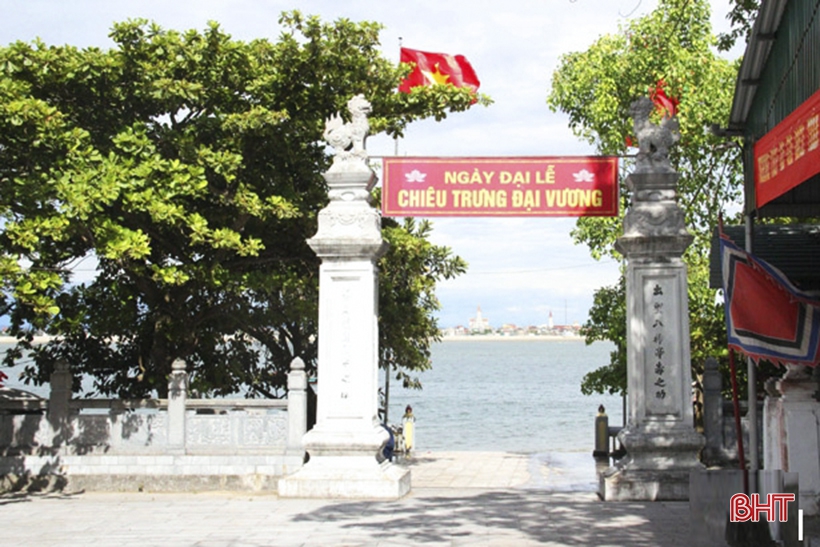
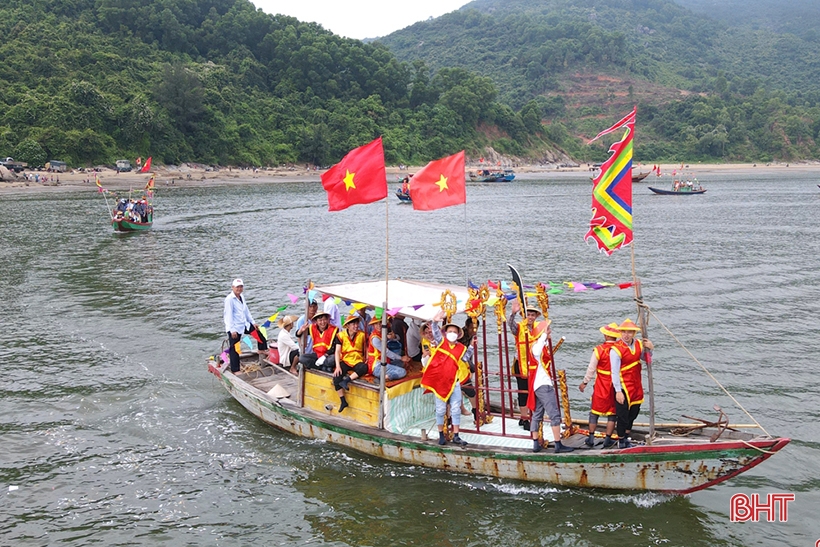
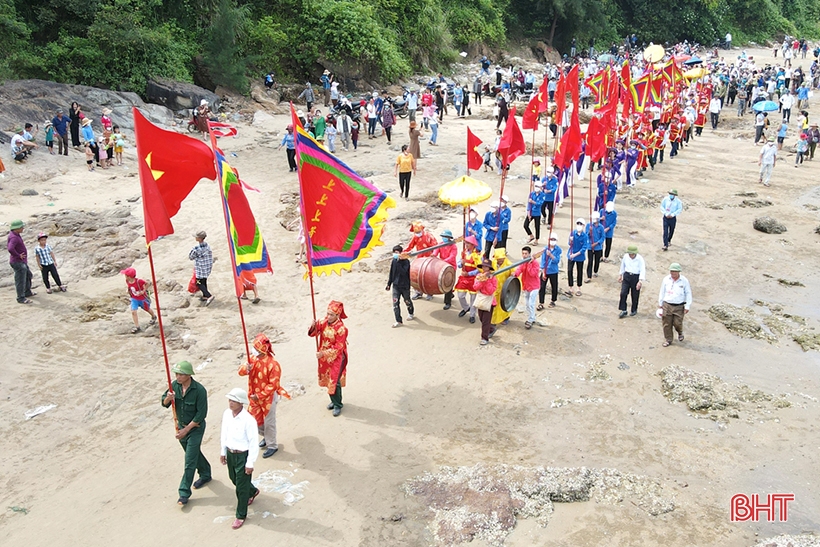
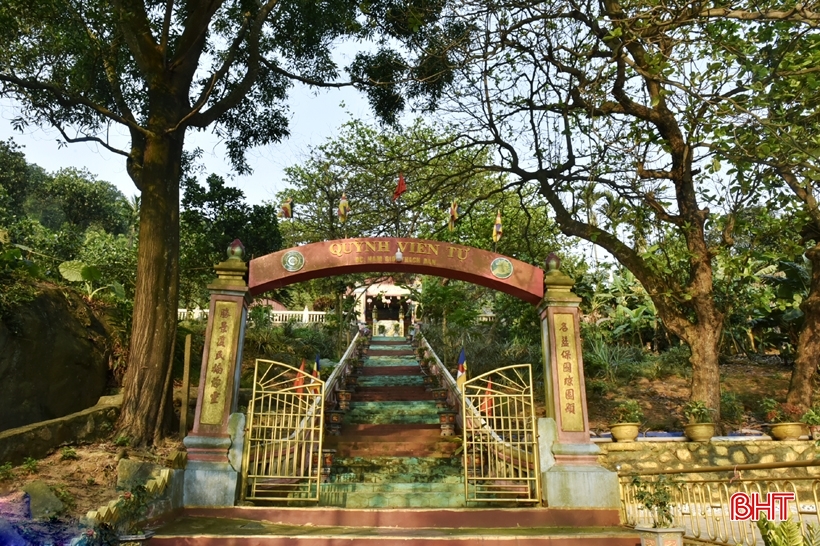
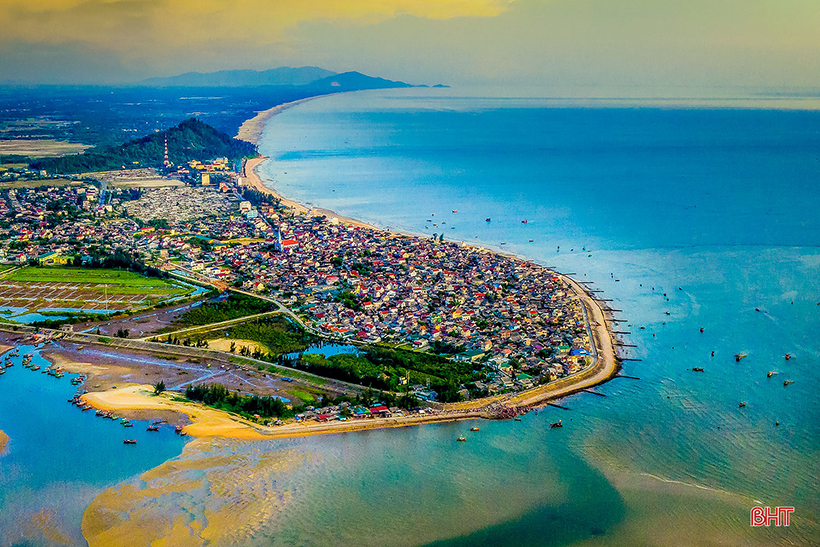
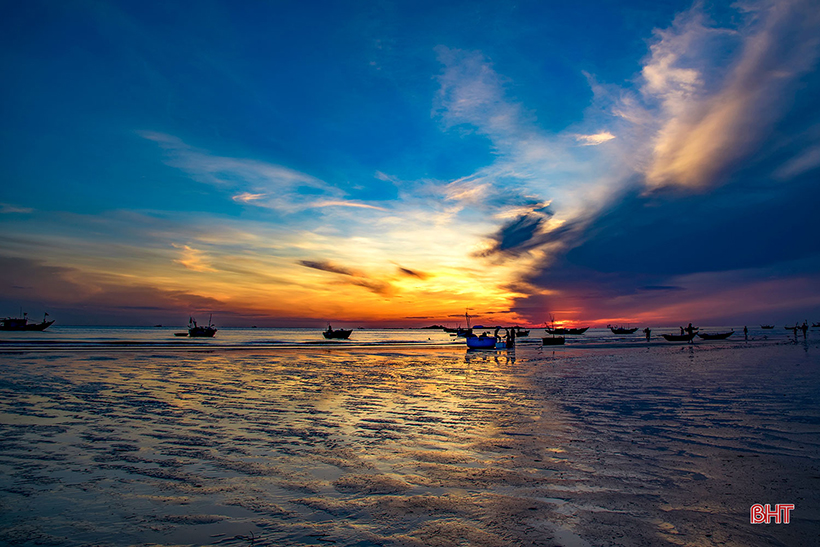
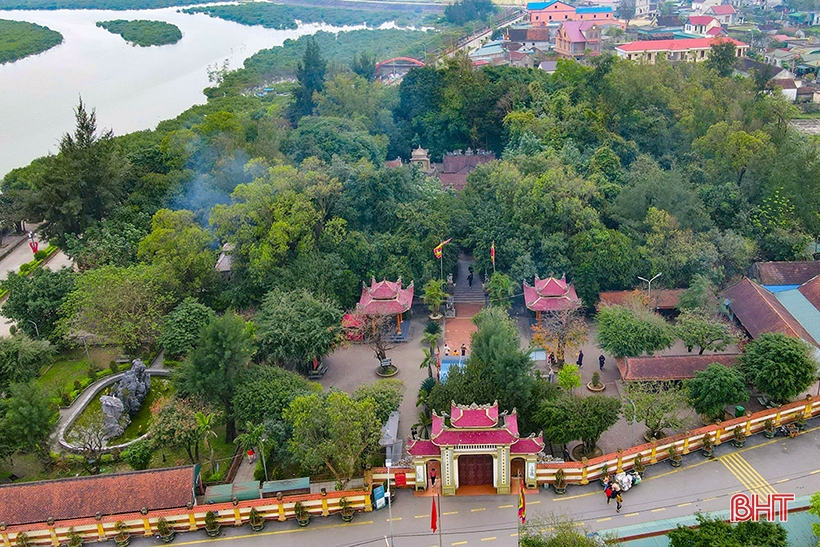
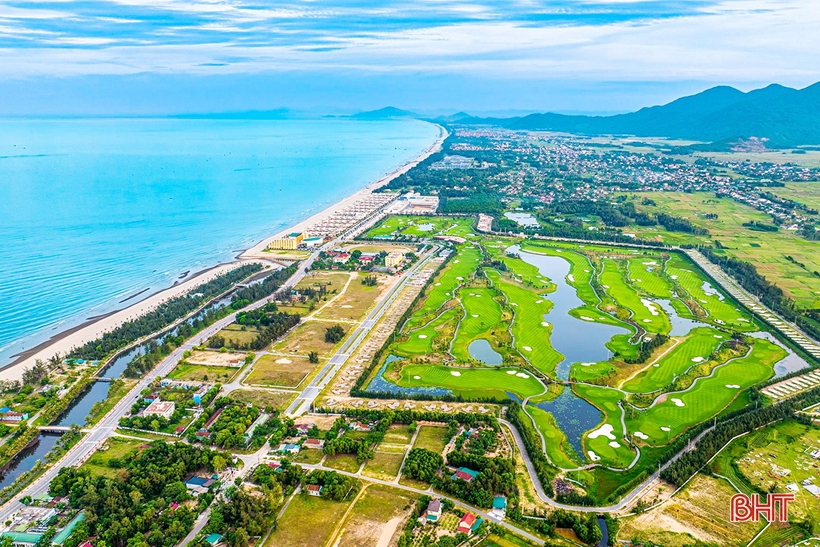
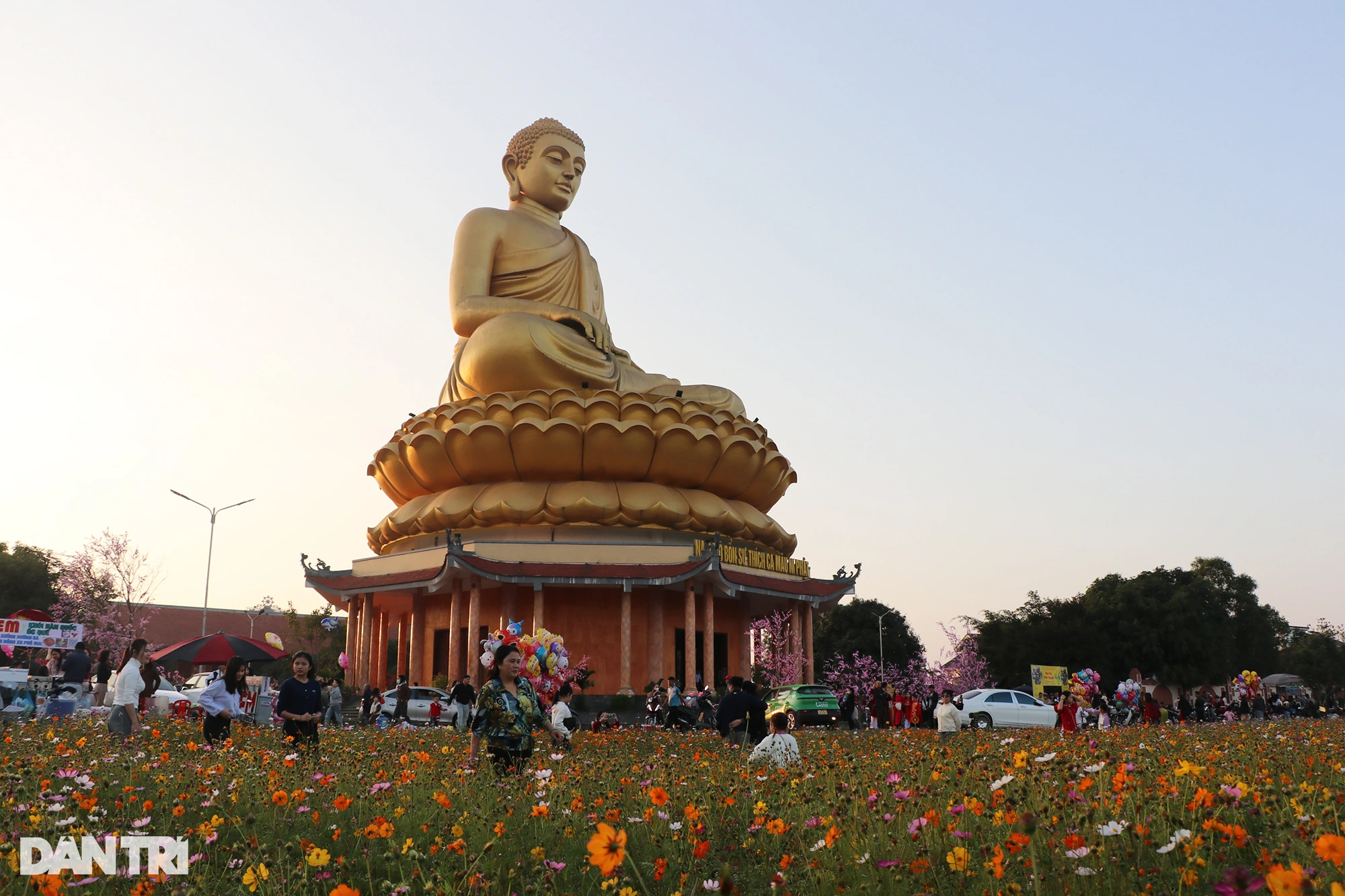



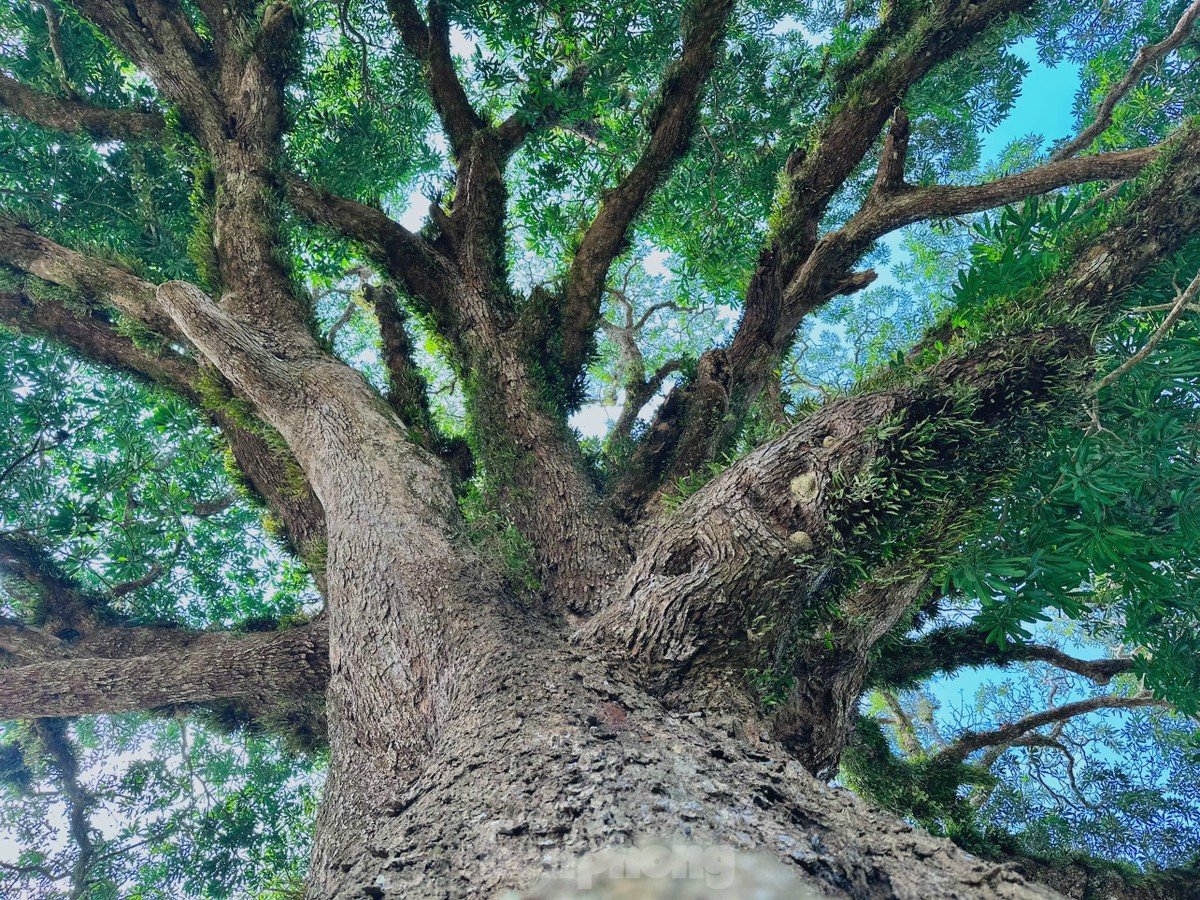

















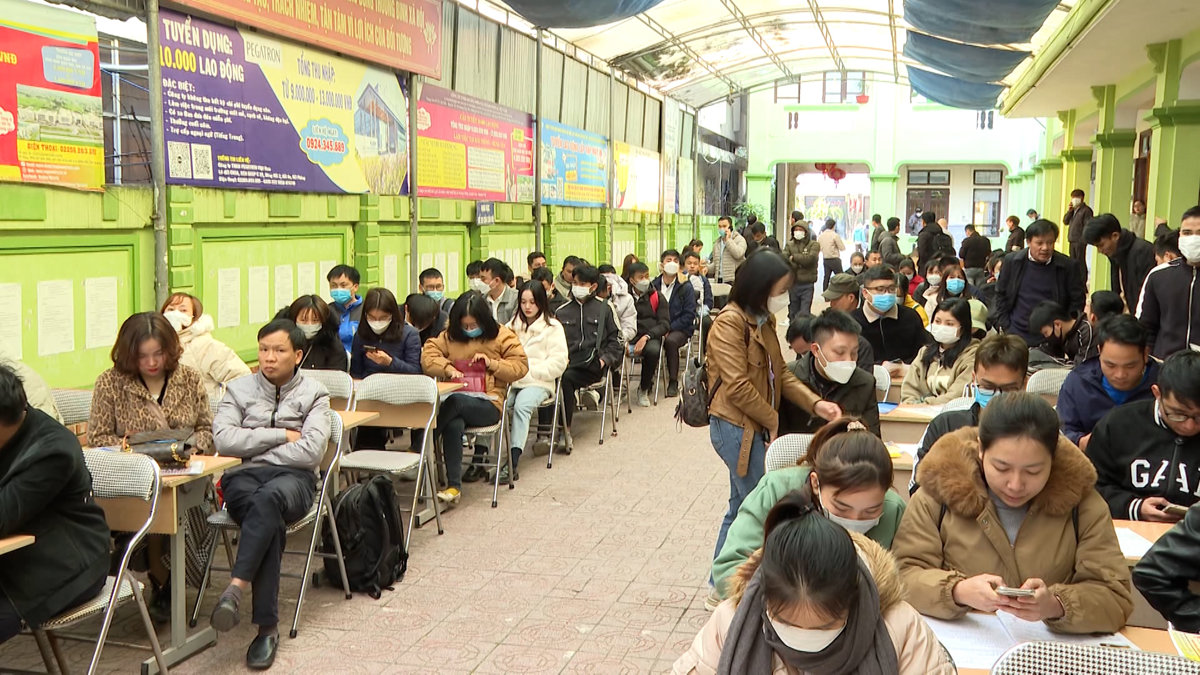

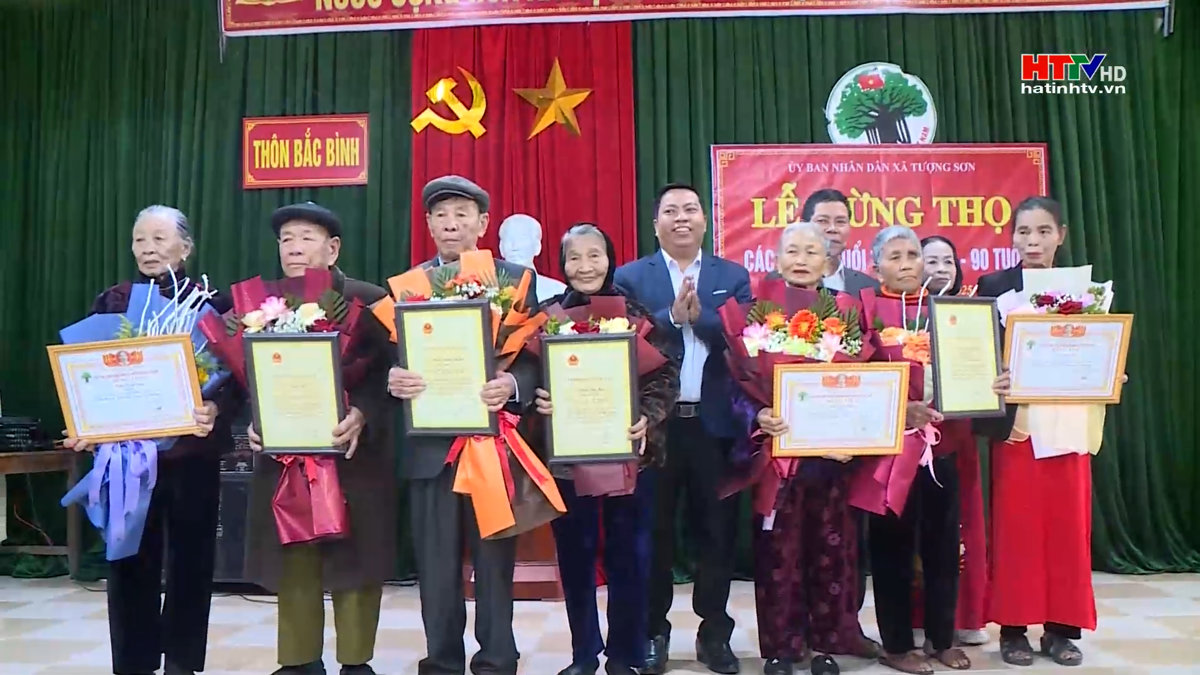










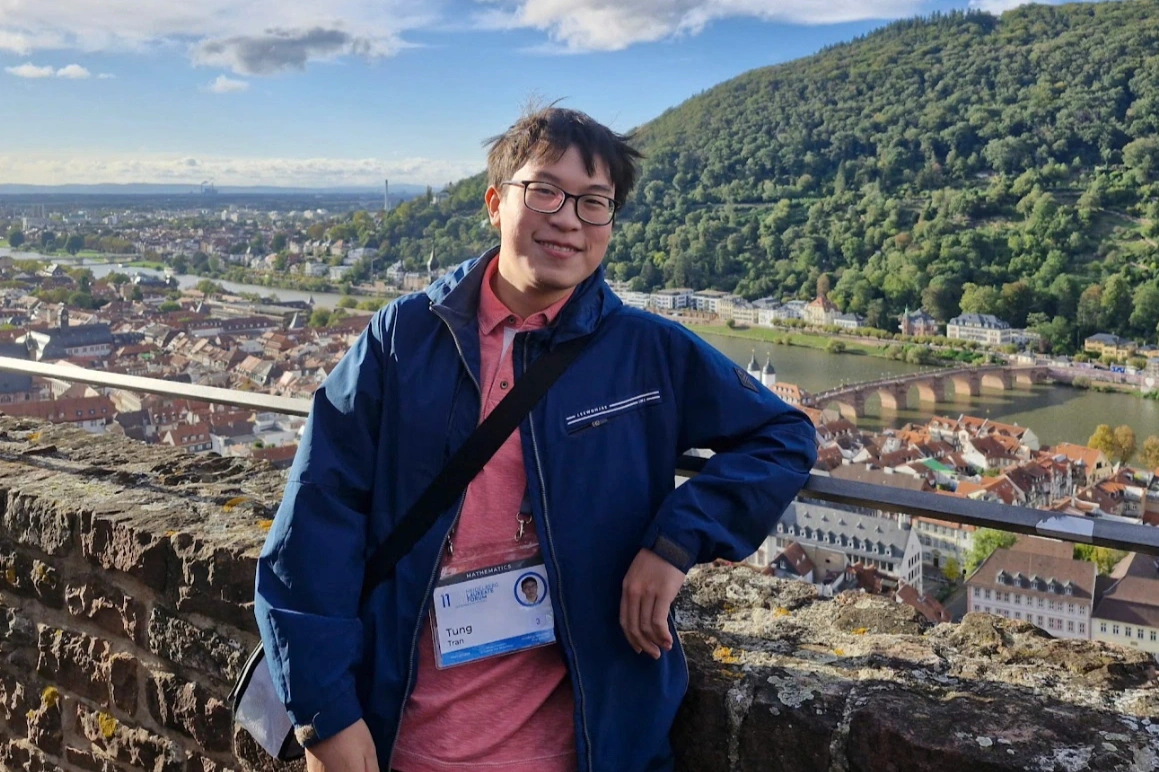

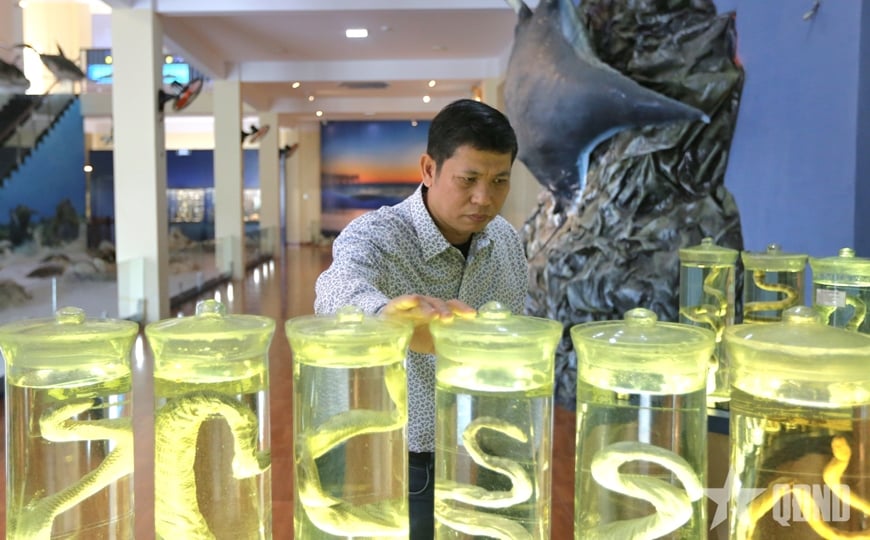



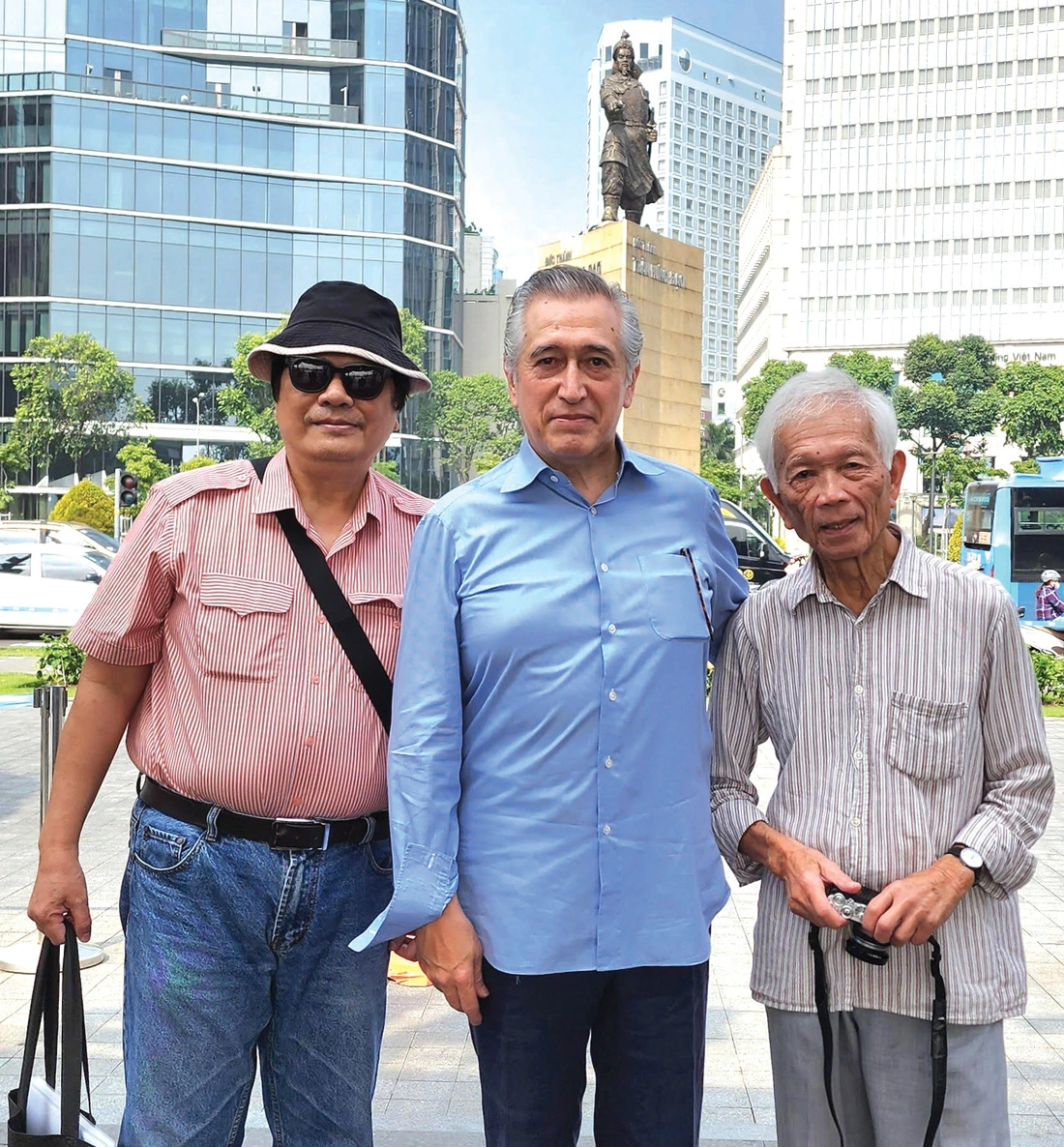





Comment (0)